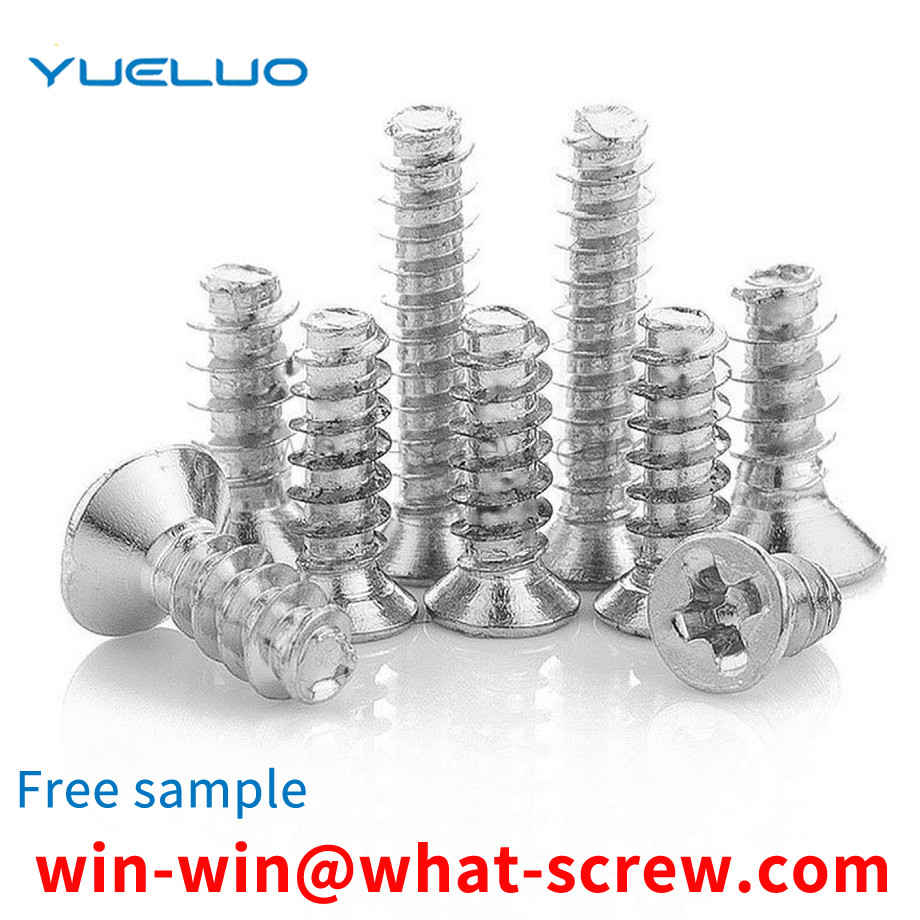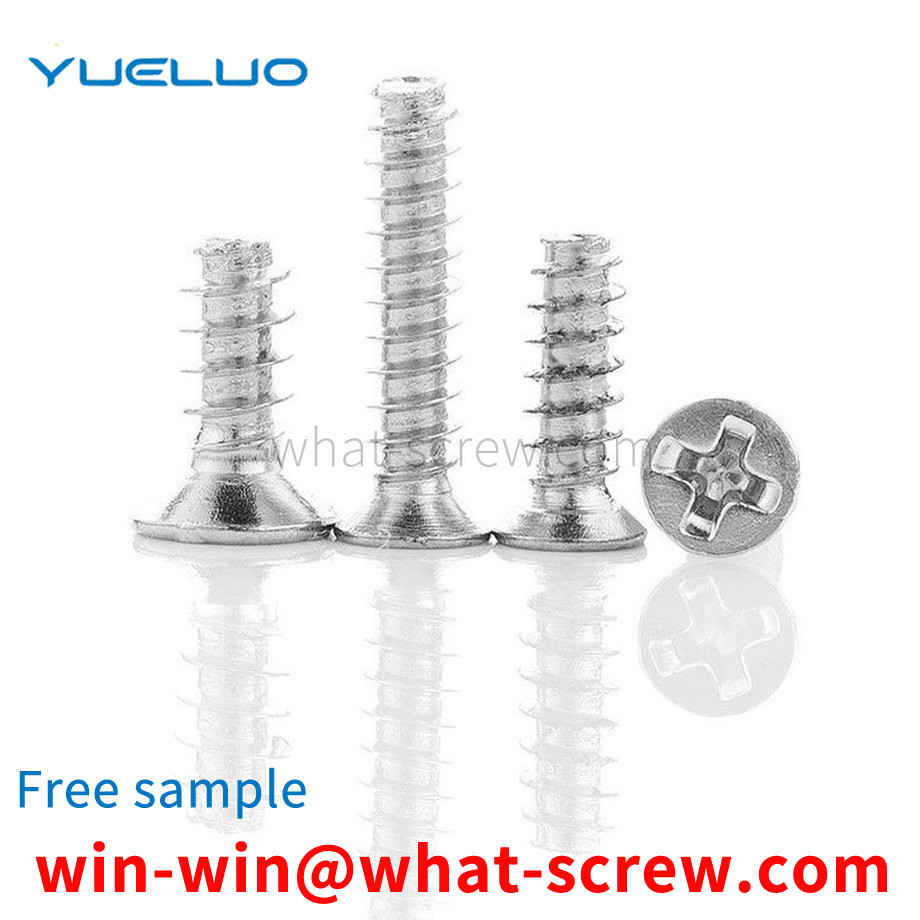The diameter, length and quantity of the stud bolts shall meet the requirements, and the type and material of the stud bolts shall be determined by the grade. There are two types of commonly used stud bolts (also known as full-threaded studs). The thread is divided into two types: coarse thread and fine thread. The coarse thread ordinary thread is expressed by M and the nominal diameter, and the fine thread ordinary thread is expressed by M and the nominal diameter × pitch. The fastener standard stipulates that M36 bolts use coarse thread, M36 and above diameters can use fine thread, and the pitch is 3. bm=1d studs are generally used for the connection between two steel connected parts; bm=1.25d and bm=1.5d studs are generally used between cast iron connected parts and steel connected parts The connection between the two; bm=2d double-ended stud is generally used for the connection between the aluminum alloy to be connected and the steel to be connected. The former connector has internal threaded holes, and the latter connector has through holes. The threads at both ends of the equal-length studs need to be matched with nuts and washers, and are used for two connected parts with through holes. One end of the welding stud is welded on the surface of the connected piece, and the other end (threaded end) passes through the connected piece with a through hole, and then the washer is put on, and the nut is screwed on, so that the two connected pieces are connected as a whole.
hand screw is a screw with a plastic head, and the user fixes the hand screw by turning the plastic head by hand. At present, a hand screw is disclosed in the market publication number CN202203253U, which includes a plastic head and a screw rod, the plastic head and the screw rod are connected together, and the height of the plastic head is higher than that of an ordinary screw, and the height is 12 cm. The screw of the hand screw is fixed in the plastic head by glue. After a period of use, the aging of the glue leads to the loosening of the screw and the plastic head. When the plastic head is stressed, the screw rod comes out of the plastic head, which affects the normal use of the hand screw.
The embossing wheel is used to press the mesh pattern (rolling mesh pattern), and the middle is slotted. After milling, the thread still guarantees 6H accuracy. This knurled copper nut is used in power tools, which is different from other knurled copper nuts. The diamond pattern of this knurled copper nut is located in the middle section of the product, and the diamond-shaped mesh knurling wheel rolls the diamond-shaped flower along the large outer circular step surface.
The self-tapping locking screw is a series of coarse thread and ordinary thread, and the thread size is M3~M12mm. The threaded rod of the self-tapping locking screw is a thread with an arc-shaped triangular section. The screw is surface hardened and can be screwed into a prefabricated hole of black or non-ferrous metal material (which can be made by drilling, punching or die casting), and extruded to form an internal thread. The threaded rod portion can be made into a cylindrical or triangular shape with a diameter equal to or less than the circumscribed circle. Self-tapping locking screws have low screw-in torque and high locking performance. The varieties of self-tapping locking screws in the product standard of Chinese commodity fasteners include GB/T6560 (cross-recessed pan head), GB/T6561 (cross-recessed countersunk head), GB/T6562 (cross-recessed half-sunk head), GB/T6563 ( Hexagon head), GB/T6564 (hexagonal flower-shaped cylindrical head) five series. Self-tapping locking screws are generally fastened with pneumatic or electric screwdrivers. Most of the automotive industry uses hexagonal head, cross recessed pan head and hexagonal socket head self-tapping locking screw with high fastening efficiency.
nut is a connecting nut, a part that is screwed together with a bolt or connecting screw for fastening, and a component that must be used in all production and manufacturing machinery. There are many kinds of nuts, we commonly have standard, German standard, British standard, American standard, Japanese standard nuts. According to different materials, nuts are divided into carbon steel, high strength, stainless steel, plastic steel and other types. According to the product attributes, the corresponding standard numbers are divided into ordinary, non-standard, standard, new standard, American system, British system, and German standard. Different sizes, unequal threads are divided into different specifications. The general standard and German standard are represented by M, and the American system and the British system are represented by fractions or #. The specification nut is a part that tightly connects the mechanical equipment. Only through the inner thread, the same specification nut and screw can be connected together. The anti-loosening of the screw has always been the intersection of people's attention. The anti-loosening of the nut is of great significance to the current life, because it directly affects the service life of the machine. Therefore, it is also very important for people's life safety. Technicians can achieve the anti-feeding of the nut by changing the material of the nut and increasing the method of tightening the nut, but these methods cannot fundamentally solve the problem, and increase the tightening nut while taking up more space.
We have many years of experience in the production and sales of screws, nuts, flat washers, etc. The main products are: security monitoring copper column camera screws, external thread studs, hexagon bolts with pads, cup head extension screws and other products, we can provide you with suitable products Your fastener solution.



















 Service Hotline
Service Hotline




